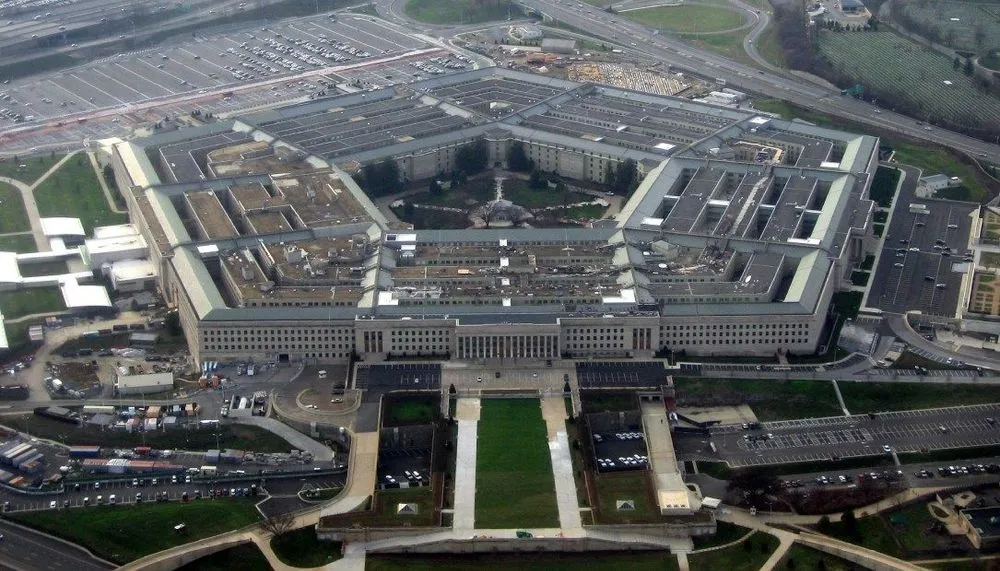DoD names head of new office managing data and artificial intelligence efforts
The Defense Department announced on Monday that Craig Martell has been chosen as the new Chief Digital and Artificial Intelligence Officer (CDAO).
The new position was announced in December and will see Martell focus on “accelerating the adoption of data, analytics, digital solutions, and AI functions to generate decision advantage from the boardroom to the battlefield.”
Martell has previously served as head of machine learning for Lyft and before that, led machine learning efforts at Dropbox. He was a tenured computer science professor at the Naval Postgraduate School before leading several initiatives at LinkedIn.
The Department of Defense said in a statement that the office was officially set up in February as a way to “elevate digital and AI strategy development and policy formulation to the secretary and deputy secretary, while also ensuring unity of mission and tighter integration for the department’s enterprise-wide data, AI, and cyber organizations.”
Deputy Secretary of Defense Dr. Kathleen Hicks said AI and machine learning are now critical to their efforts addressing a range of challenges. The CDAO reports directly to Hicks.
“With Craig’s appointment, we hope to see the department increase the speed at which we develop and field advances in AI, data analytics, and machine-learning technology,” Hicks said. “He brings cutting-edge industry experience to apply to our unique mission set.”
A memo released by the department in December said the CDAO will run the Defense Digital Service, the Joint Artificial Intelligence Center and the Chief Data Officer.
John Sherman, Defense Department CIO, said in February that the creation of the CDAO "is about decision advantage" and "getting ahead of these near-peer competitors, with the best insight and information that we can possibly have."
Sherman has been serving as CDAO in an acting capacity since February.
'Game-changing technologies'
The creation of the position initially caused a stir, with some arguing it would reduce the department's bureaucracy and others questioning whether grouping the three disparate offices would confuse their mission.
Rep. Jim Langevin (D-R.I.), chair of the House Armed Services Committee cyber subpanel, praised the move at the time, telling The Record in a statement that the CDAO position would “begin to rid the department of cumbersome, bureaucratic stovepipes and foster the integration of these game-changing technologies into every aspect of the warfighting experience.”
Others said the Defense Digital Service operational unit was markedly different from the policy-focused groups within the Joint Artificial Intelligence Center and the Chief Data Officer.
“A nesting initiative suggests a lack of clarity by senior DoD leaders on areas that are critical to our national security,” an official told The Record’s Martin Matishak in December.
“Although the private sector has shown the importance of keeping technology close to the leadership by elevating that this is in fact the opposite.”
Jonathan Greig
is a Breaking News Reporter at Recorded Future News. Jonathan has worked across the globe as a journalist since 2014. Before moving back to New York City, he worked for news outlets in South Africa, Jordan and Cambodia. He previously covered cybersecurity at ZDNet and TechRepublic.



